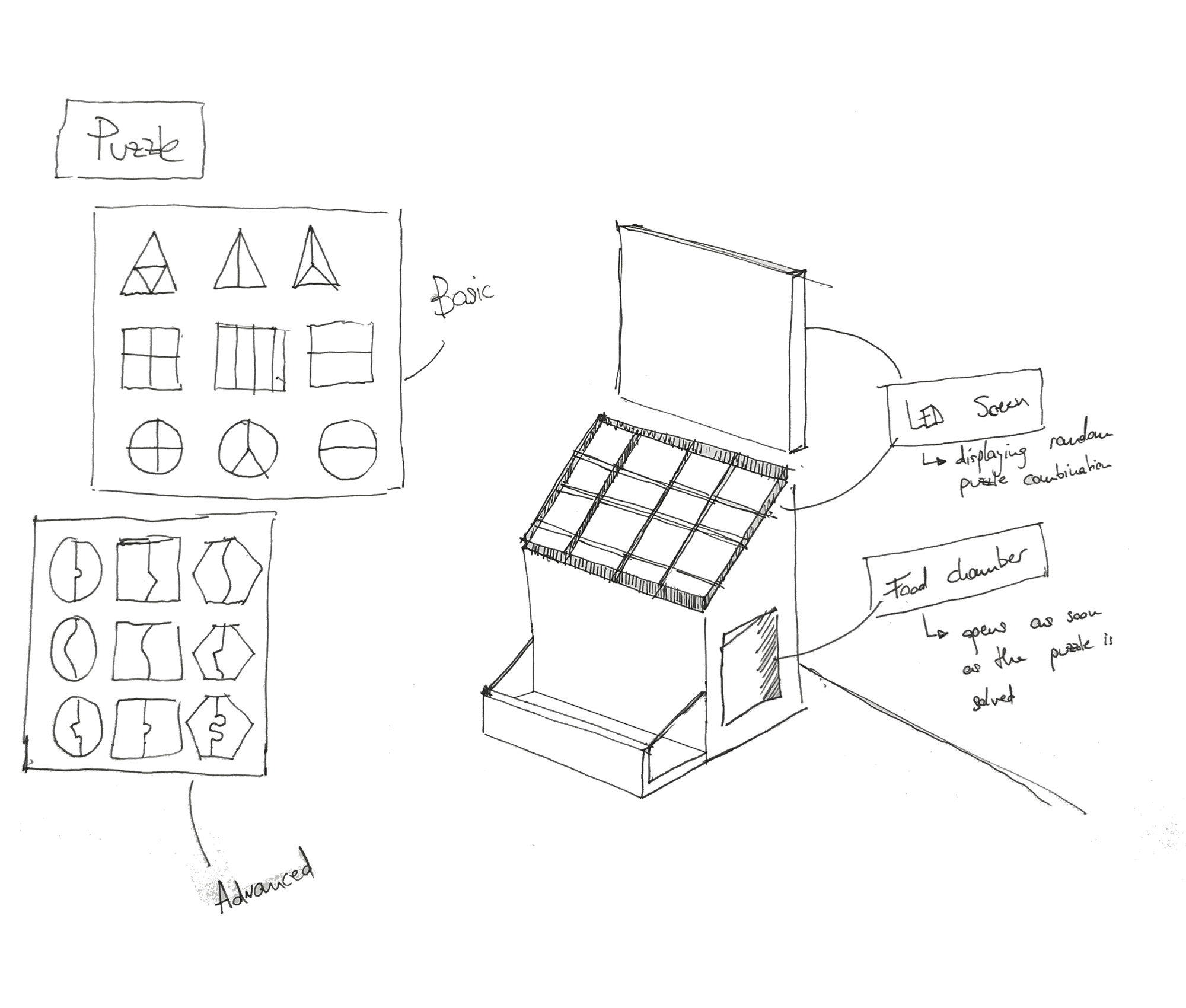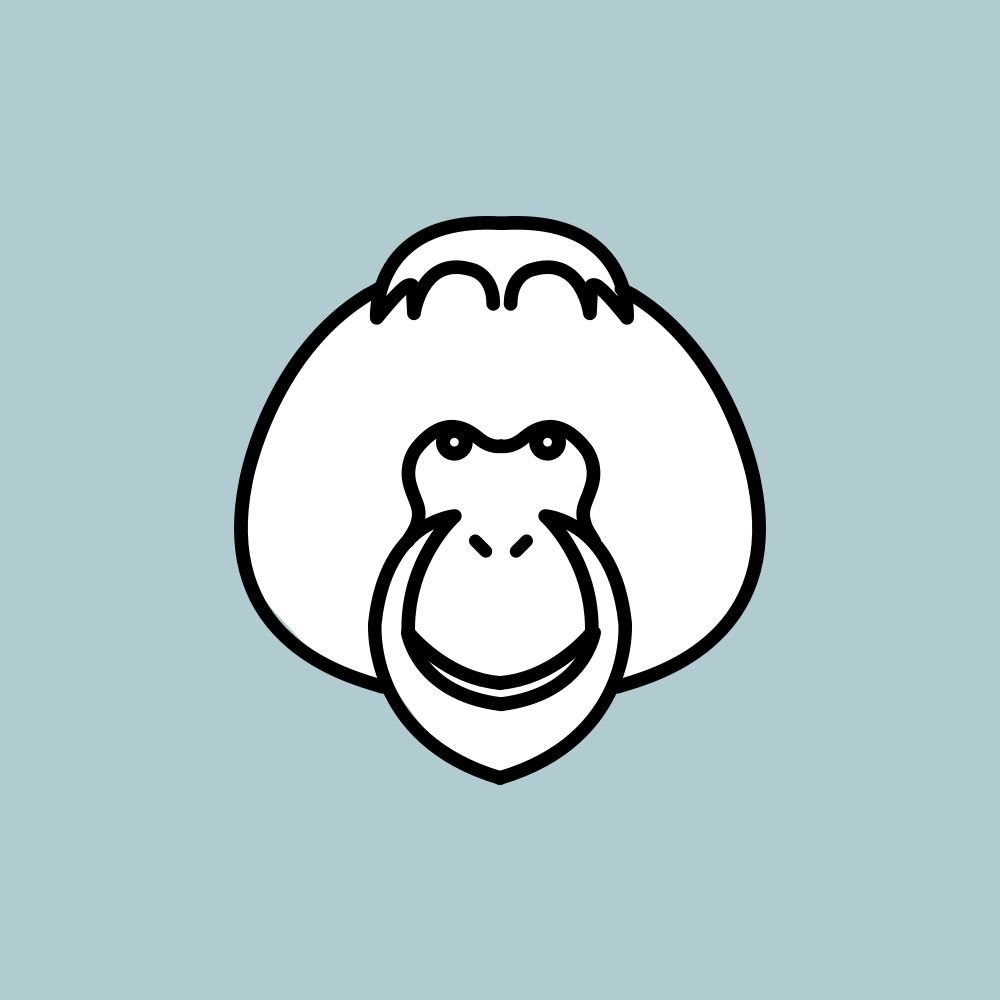
Assignment 3: Enrichment - ModuPipe
26 February 2019
What is Enrichment?
By definition, enrichment is a key husbandry principle that seeks to enhance the quality of animal care, whether in zoos, sanctuaries or any other similar facility. Enrichment is typically offered as an element of rehabilitation, and it provides integral environmental stimuli necessary for both the mental and physical well-being of an animal. Enrichment can include an array of activities, from sensory stimuli and social interaction, to puzzles and manipulation exercises (in which the animal can use its hands, paws or feet to solve obstacles, or break open items to obtain the reward inside.) The idea is, with rewards at the end, the animal will be encouraged to carry out these enrichment activities and, in turn, make advancements in not only their health, but in their relationship with their environment.
Why Enrichment is important to Orangutans?
Perhaps more than with any other animal, enrichment really is valuable to the life of an orangutan. The species is under constant threat due to deforestation, poaching and hunting, with hundreds of orangutans being killed or displaced every year. Many of the young orangutans are taken away from their natural habitats at infancy, meaning that they miss out on vital survival techniques normally derived from their mothers.
Due to the loss of both their habitats and mothers, orangutans can be very disoriented and fearful. It’s the duty of conservationists to provide a safe haven for the orangutans, as well as the necessary skills that these poor animals will require for their own chance of survival. This is where enrichment comes in. By encouraging natural behaviours (such as feeding, problem solving and orientation of their environments), enrichment offers a choice of control to the animals, and provides them with various techniques that inspire positive engagement with their surroundings – therefore, enriching the lives of these creatures.
Research on Enrichment methods that are currently used
Bamboo__ Since bamboo grows abundantly in Borneo (and, crucially, is 100% natural/biodegradable!), it’s no surprise that the shoots seemed like an obvious addition to the project’s enrichment arsenal. The hollow centres of bamboo are stuffed with fruits and nuts (both of which are delicious treats for the orangs!), and the addition of banana leaves acts as a barrier between ape and reward. In the wild, orangutans would use their fingers and sticks to prise termites out of mounds, which they would then chow down on…the bamboo replaces the mound, and the fruit replaces the termites, but they still give the orangutan an opportunity to use their natural behaviours, with a tasty treat guaranteed at the end of the activity!
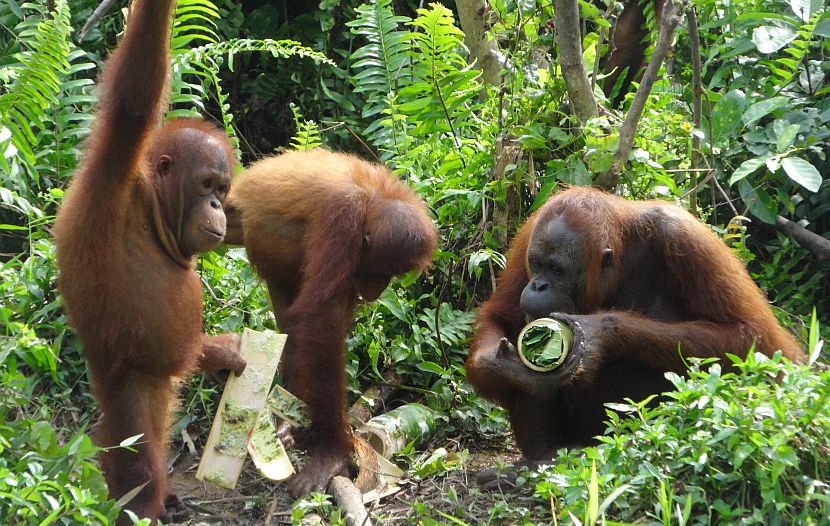
Ice blocks__ Another simple method is the use of ice blocks. Pieces of fruit are frozen and the ice cold ‘lollies’ are then given to the oranges who then must figure out how to get to the delicious snack inside! This particular activity acts as a great stimulus for the senses: sight, smell, taste and touch are all utilised here, and the promise of food at the end of the activity encourages the orangutan to try, try and try again.
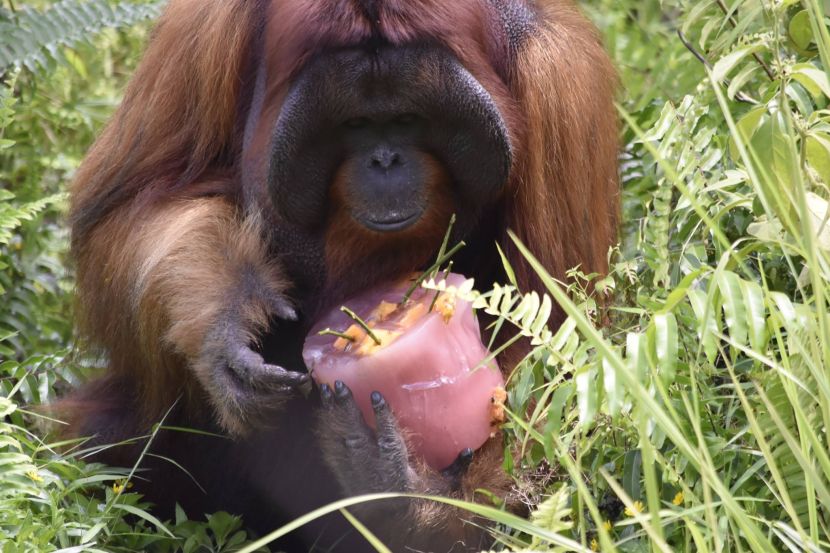
Environmental obstacles__ By putting structures of varying complexity into the orangutan’s enclosure, the apes are encouraged to interact with these obstacles and therefore will learn natural behaviours, such as swinging from branches (replicated by tyre swings), foraging (reflected in the use of cardboard boxes, in which food is stored for the orangutans to find) and other such activities. The ‘obstacles’ are designed to be both enjoyable and rewarding, therefore enforcing positive mental and physical wellbeing for the animals!
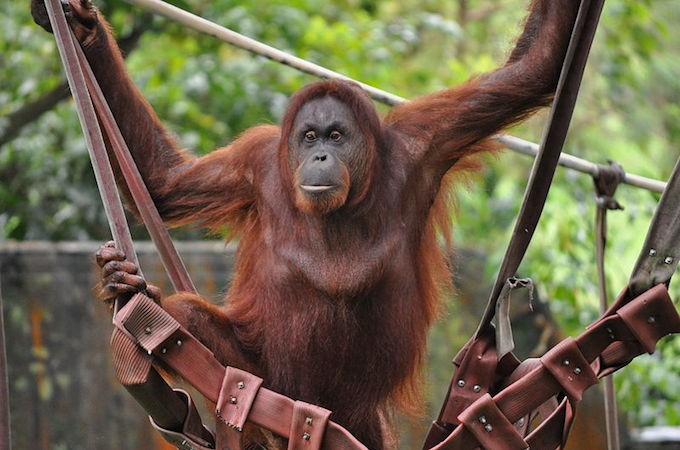
Proposal #1: ModuPipe - a modular snack pipe
Orangutans have high cognitive abilities comparable to the other great apes. This high level of intelligence manifests itself in tool-use and even the making of simple tools in the wild. Orangutans have been observed making simple tools to scratch themselves. They also use leafy branches to shelter themselves from rain and sun, and sometimes even drape large leaves over themselves like a poncho. They have also been observed using branches as tools during insect foraging, honey collection, and protection against stinging insects, and to “fish” for branches or fruit that is out of reach.
ModuPipe is a modular screw system of differently shaped plexiglass tubes designed to feed Orangutans. The different modules can be joined together to form individual tubes of different shapes and lengths and can be freely distributed in the enclosure. Orangutans are the largest arboreal animal on the planet. Most of their lives are spent in trees where they travel from branch to branch by climbing, clambering, and brachiating. In order to encourage this behaviour, MonuPipe should be three-dimensionally integrated into the enclosures. In addition to the tubes, the set consists of thin wooden rods, wooden boards and one or more feeding trays. The basic idea is to move the feeding tray through the tubes using a wooden rod and boards until the bowl reaches the end of the tube.

Prototype
Each tube module has a vertical slot and a horizontal slot, respectively, adapted to the moulding line. The wooden rod is passed through the vertical slot and inserted into a ring attached to the feeding tray. Now the feeding tray can be moved through the tube following the slot line. To secure the tray and prevent it from returning to its previous position, the boards can be inserted into the horizontal slots. The tray is now secured and the user can proceed to the next module - until the tray reaches the end of the pipe system and its contents can be eaten.

The advantage of Plexiglas tubes is that they are very cheap industrial products, available in large numbers and around the world. In addition, it is a very light material, which ensures universal applicability (the tubes can easily be suspended) and reduces the risk of injury. The material also makes it possible to modify the system without any great mechanical or manual effort and to introduce different levels of difficulty in order to constantly present users with new challenges. ModuPipe can easily be applied to enclosures of other primate species.
Prototype _ Bodystorm
Prototype _ Pictures
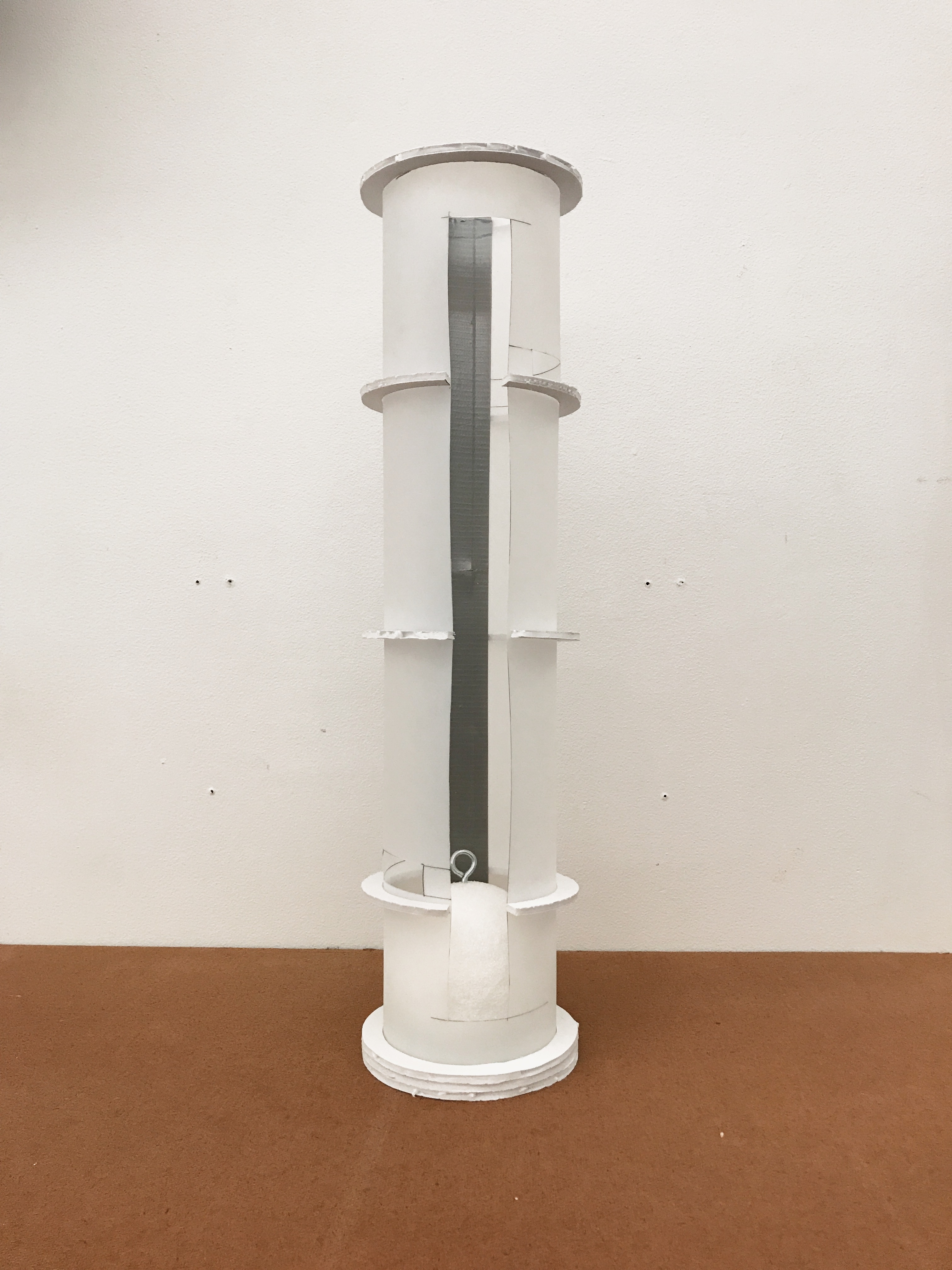
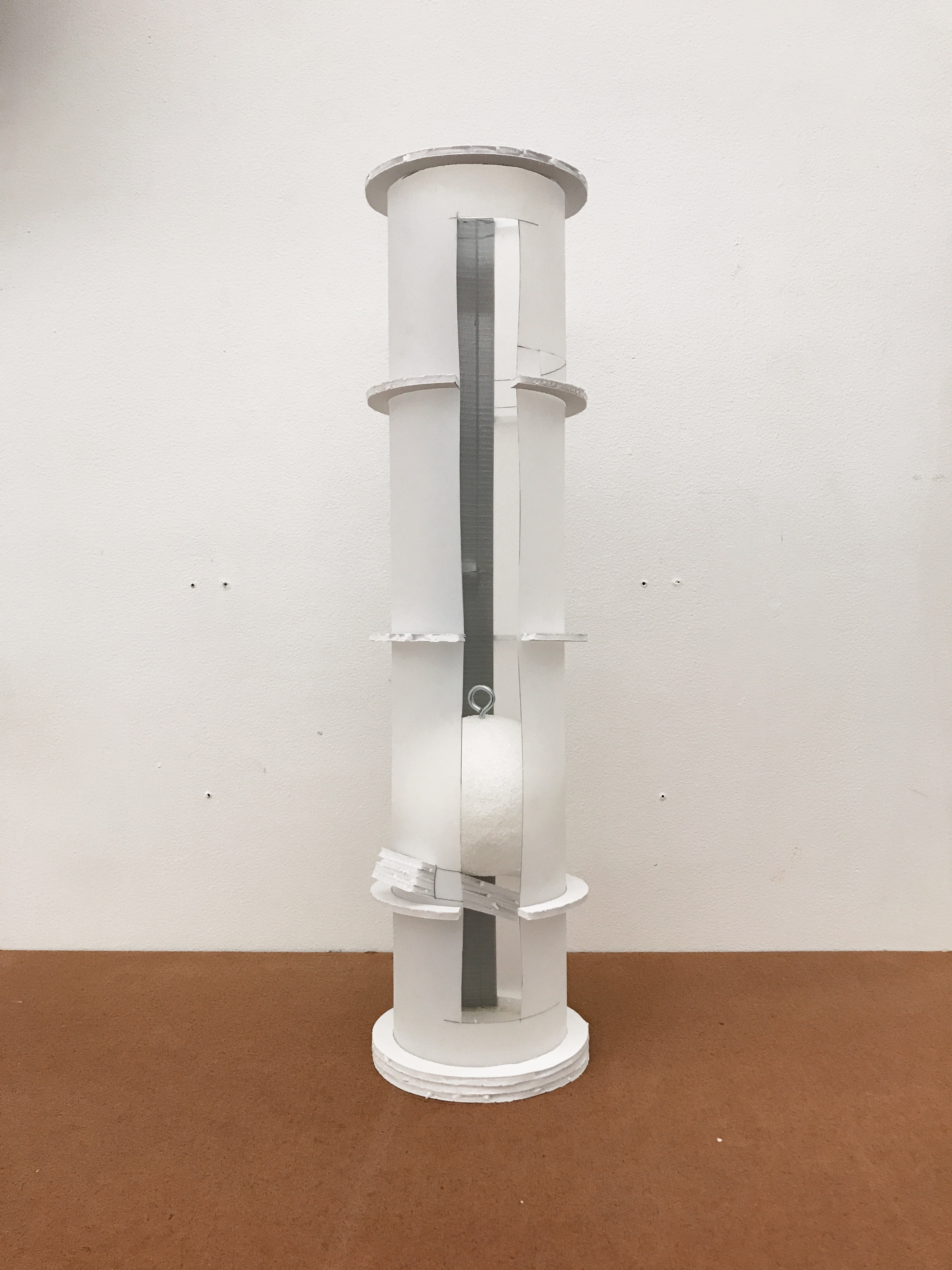
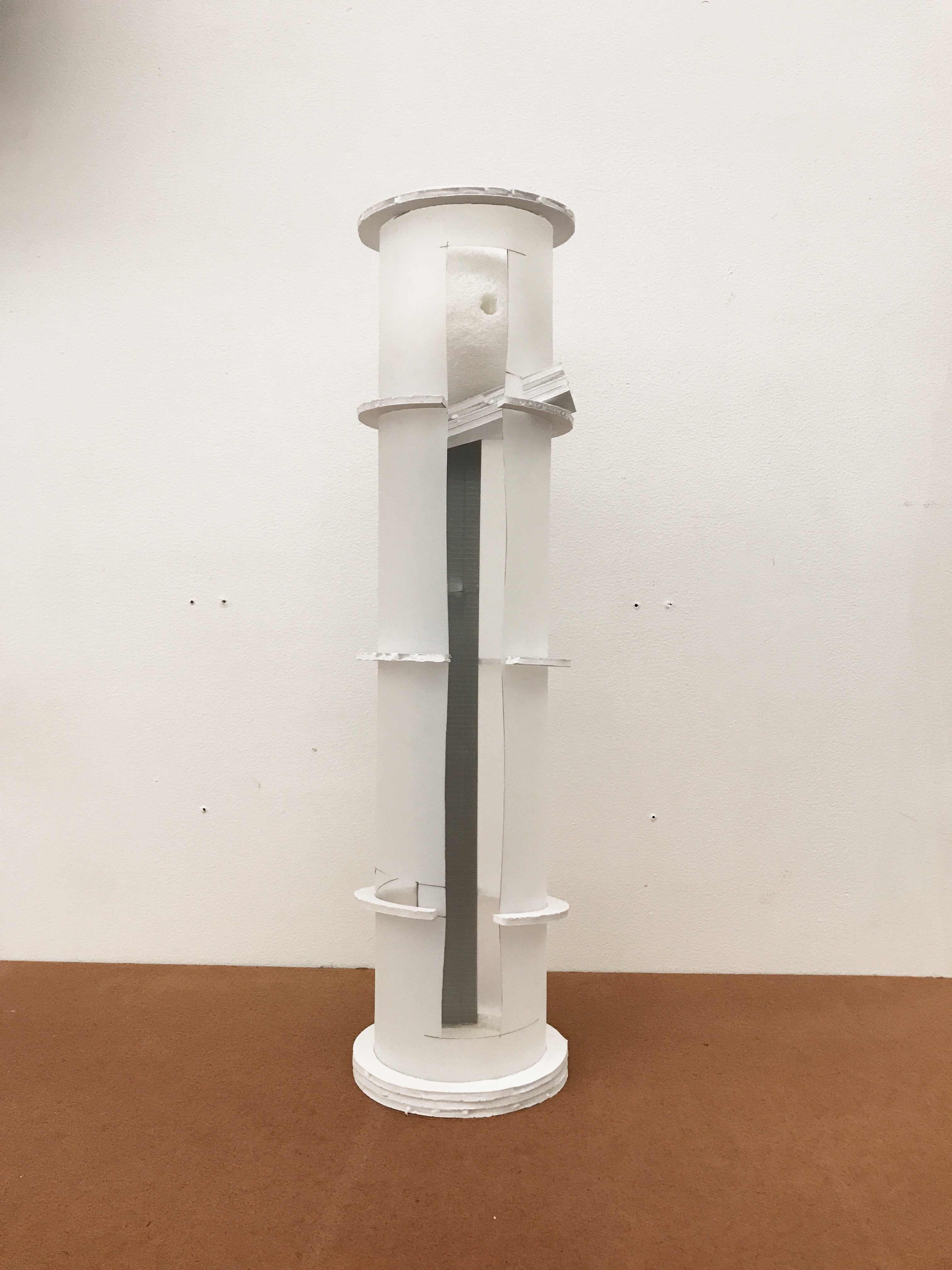
Proposal #2: Snack Puzzle
The Snack Puzzle consists of an LED screen and a mounted box containing the snack. On the LED screen the user is shown different, randomized form combinations. These combinations differ in shape, composition (see sketch) and colour. The user begins by reconstructing the shapes from individual parts. As soon as he has solved the puzzle, the system recognizes the completion and opens a trapdoor, which is attached to the side of the box - the user can now access the snack.
Snack Puzzle enables interaction between user and visitor by allowing the visitor to assemble and share shapes with the user. Depending on how intelligent the user species is, it is possible to create compositions with different levels of complexity.
